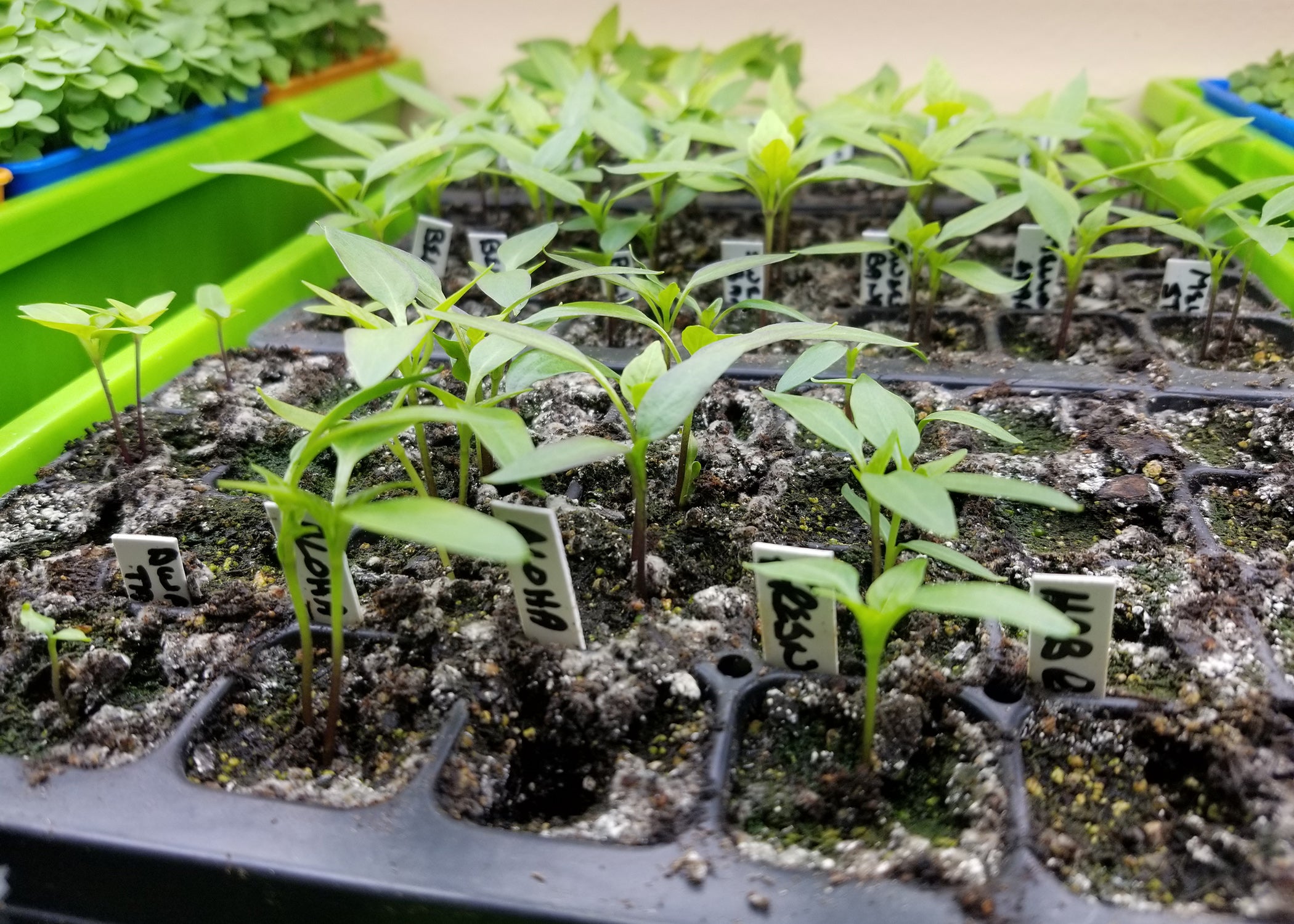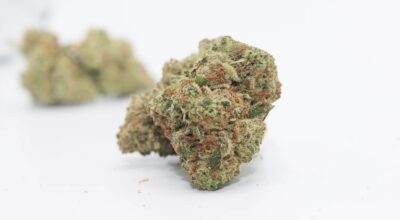A few tips can simplify seed germinating at home
Published 3:53 pm Monday, February 7, 2022

- Gardeners who like to grow their own seedlings to transplant in summer gardens should start germinating seeds indoors now. Follow a few tips to improve the chance of success. (Photo by MSU Extension/Gary Bachman) Alt text -- Tiny plants grow in black trays. ###
By Gary R. Bachman
MSU Extension Service
As I sit at my desk on a cold winter morning, I realize that saying “it’s cold” is completely subjective; I also know that spring isn’t far away. There are 41 days to astronomical spring, but meteorological spring is so much better, being only 22 days away.
There’s one gardening activity I enjoy at this time of year that beats the wintry mixes, and that is starting the seeds for my garden and landscape.
Many gardeners think that starting your own transplants is too hard or complicated. There are challenges, but they definitely will pay off later this spring and summer. A primary benefit is that you are able to order and grow varieties that aren’t available in garden centers.
There are lots of large-seeded varieties that can be sown directly in the garden once the temperatures start to rise. Squash, beans and corn are examples.
When I speak with gardeners about starting their own seeds, the questions revolve primarily around smaller-seeded plants like tomatoes, peppers and eggplants.
I always sow tomato, pepper and eggplant seeds six to eight weeks before I’m going to transplant them into the garden. For tomatoes, that means early February for a late March/early April planting that corresponds to the last spring frost date.
Experience has taught me to start pepper and eggplant seeds a little later. I start them in mid-March, as I think they grow better with a late April/early May transplanting when the weather is warmer. For the frost date planting information for your area, consult the Mississippi State University Extension Service Garden Tabloid, http://extension.msstate.edu/p
Gardeners interested in starting their own seeds indoors may benefit from some tips and tricks I’ve learned for successful early-spring seed starting.
Use seed starting trays and humidity domes. I like to reuse plastic 6-packs from previous plant purchases for sowing seeds. You also can use biodegradable pots and plant them directly to lessen root stress.
I use trays with no holes so I can bottom water and use clear, plastic domes to maintain humidity while the seeds germinate. Remove this dome after germination.
My next tip is to use a soilless mix. The choice of seed-starting mix is important. Peat-based mixes are engineered to promote optimum moisture content for germination. I use my everyday professional container mix with good results.
I don’t recommend using garden soil when starting seeds indoors as there’s a risk of diseases like damping off that can affect the germinating seedlings.
My next tip is to use a heat mat with a thermostat. Tomato, pepper and eggplant seeds germinate better with a warm root zone, so a thermostatically controlled germination heat mat is a must. I set the thermostat to the 78- to 80-degree range.
Light is another key element when growing seedlings. You do not have to have full spectra grow lights since you’re just germinating and growing the seedlings for a few weeks. I use 4-foot LED shop lights. Position the lights about 6 inches above the seedlings to keep them from stretching.
Lastly, you need tags. You’ll never remember what all the containers of seedling are. I know I can’t, so putting a tag in every pot now takes care of any confusion a month from now.
Whether you’re a new gardener or seasoned Master Gardener, I believe these seed-starting tips will help you have your best garden in 2022.
EDITOR’S NOTE: Dr. Gary Bachman is an Extension and research professor of horticulture at the Mississippi State University Coastal Research and Extension Center in Biloxi. He is also the host of the popular Southern Gardening television and radio programs. Contact him at southerngardening@msstate.edu. Locate Southern Gardening products online at http://extension.msstate.edu/s





